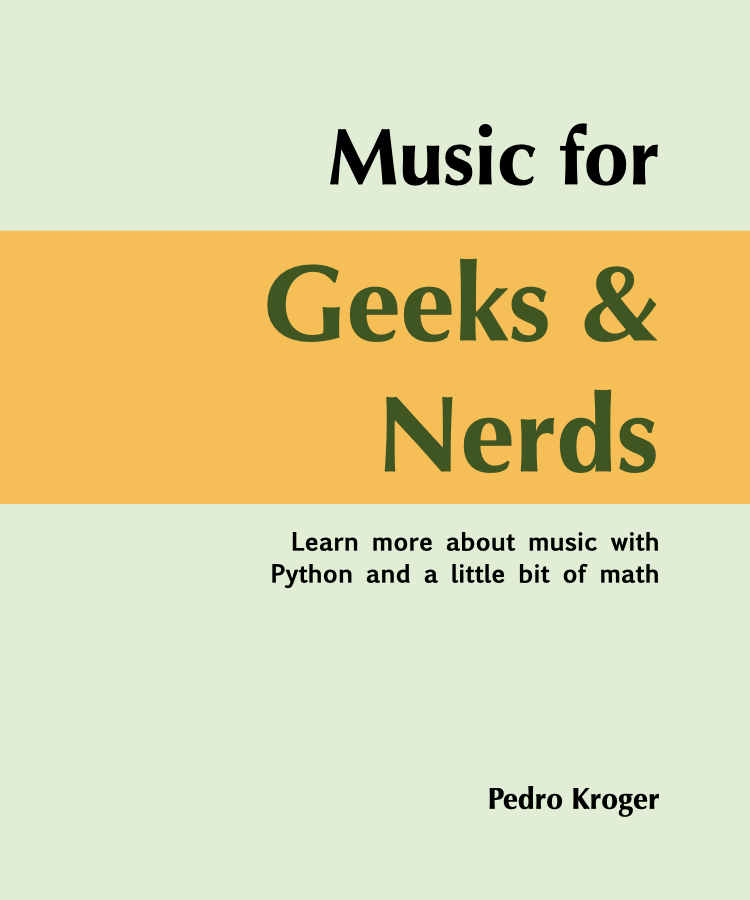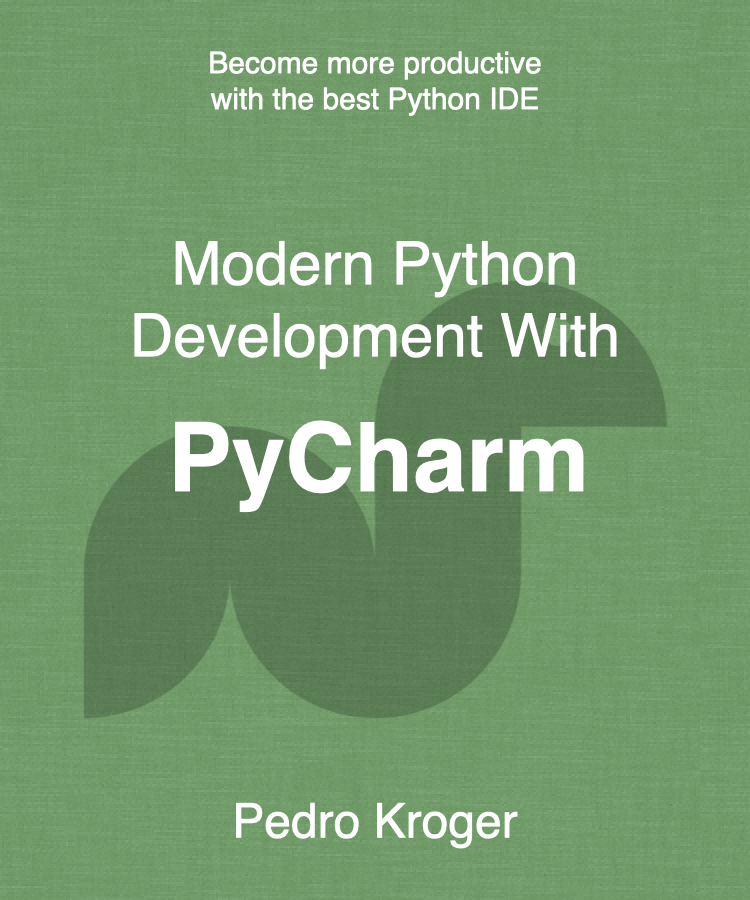Many people use the standard Python debugger (pdb or ipdb) because it works
well and can be used as a standalone tool or with your favorite editor. I’ve used it for
years, but today I’m more productive using the PyCharm debugger. It can debug Python,
JavaScript, and Django and Jinja Templates (making the debugging process seamless in web
applications). Also, I don’t have to worry about leaving pdb.set_trace calls around
anymore.
Continue reading …
The whole Editors versus IDEs debate is getting old and boring, especially because it is
not a zero sum game. I’ve been using Emacs for 15+ years and at one point I used it to
read my email, browse the web, and make coffee (haven’t we all?). But
today I find that I’m more productive by using the right tool for the right job.
Continue reading …
I often need to convert a bunch of MIDI files to MP3 for teaching and lecturing. There
are a few commercial graphical apps for the Mac and you can even use Garageband, but I
always wanted to be able to convert MIDI files using the command line since it’s easier
and I can automate the whole process. On the Mac we can use Timidity++ or Fluidsynth,
both available using homebrew.
Continue reading …
How many hours have you worked on your Minimum Viable Product (MVP) in the past month?
How many hours have you worked on your lifestyle business this week? How long does it
take to write a book? I’m able to give reasonable answers to these questions because I
track my time.
Continue reading …
As I mentioned in a previous blog post, I used Sphinx to write my book, Music
for Geeks and Nerds. With Sphinx I could generate HTML, Epub, Mobi (for the Kindle),
and two PDF versions (black-and-white and color). Sphinx works quite nicely
out-of-the-box for documenting computer programs, but I had to bend it a little to
generate output more suitable for a book.
Continue reading …
I’m happy to announce that I’m launching my ebook, Music for Geeks and
Nerds. It uses programming and mathematics to teach same aspects of music
and it answers long-standing questions such as why Eb and D# are different, and
which sequence sounds better, Pascal’s triangle or Fibonacci (place your
bets). I wrote it because I have friends who are programmers, computer
scientists, or engineers and they are always asking me for book recommendations
to learn more about music. There are good books out there, but I always feel
they present things in a prescriptive, “magical”, or worse, artsy way.
Continue reading …
I was advising some students the other day about harmonizing non-traditional scales and
someone mentioned how it would be useful to have a list of harmonizations for every
possible scale. I bragged that I could write a program in half-hour to accomplish it. Of
course it took longer than that, but I quickly wrote a small python program to generate
harmonizations for every possible scale and used LilyPond to typeset them.
Continue reading …
I’m writing a series of posts about SICP in Python. You can read more about the
reasoning in the introductory post.
Continue reading …
Structure and Interpretation of Computer Programs (a.k.a SICP, or “The Wizard
Book”) is considered one of the great computer science books. Some
people claim it will make you a better programmer. It was the
entry-level computer science subject at MIT and it’s still used in universities
like Berkeley. One of the great things about SICP is that it focus on
computational processes and ideas, instead of just teaching syntax.
Continue reading …
Call me old fashioned but I like to review my code by printing it. Yes, on paper.
Continue reading …

